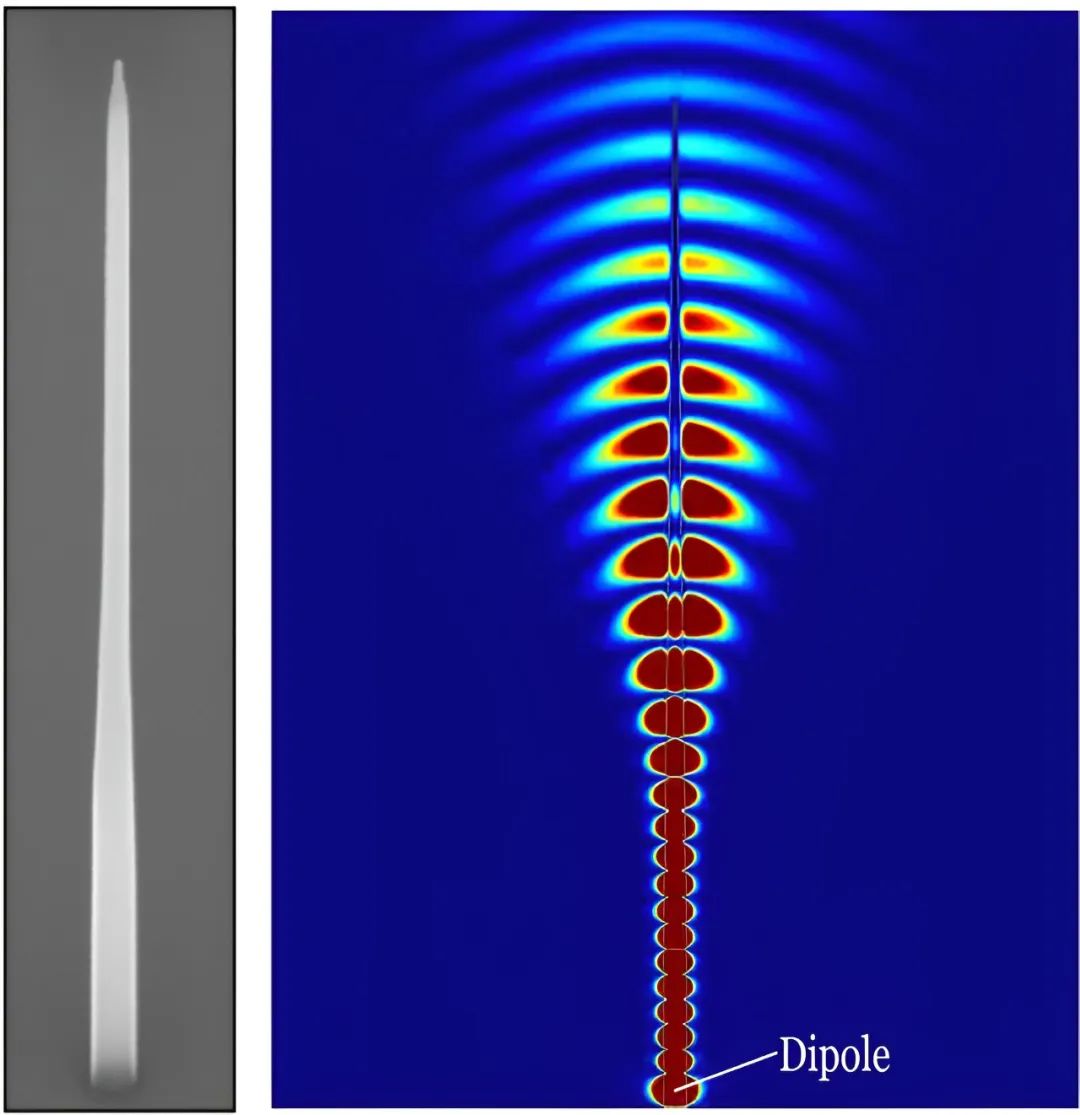Quantum communication reaches new heights! Two Nobel Prize-winning technologies join forces to forge an unprecedented high-efficiency entangled photon source
Scientists at the University of Waterloo's Institute for Quantum Computing (IQC) have made a major advancement in the field of quantum communications by successfully merging two Nobel Prize-level research results. They are now able to efficiently generate almost perfectly entangled photon pairs through quantum dot technology, a breakthrough published in the journal Communications Physics.

Using quantum dots to create highly efficient entangled photons
Experimental research on entangled photons, the amazing light particles that remain interconnected even at great distances, was recognized with the Nobel Prize in Physics in 2022.
A team of researchers at the University of Waterloo's Institute for Quantum Computing (IQC) has taken an innovative step in this field. They combined the concept of entangled photons with quantum dot technology, recognized by the 2023 Nobel Prize in Chemistry, with the aim of optimizing the process of creating entangled photons. Such entangled photons have a wide range of applications in many fields, especially in secure communications.
Exciting applications such as quantum key distribution and quantum repeaters require a combination of high levels of entanglement and high efficiency," noted Dr. Michael Reimer, Professor in the Department of Electrical and Computer Engineering at IQC and the University of Waterloo. These technologies could dramatically extend the reach of secure quantum communications to the globe and connect distant quantum computers."
Dr. Reimer also emphasized, "Previous experimental results have typically achieved only one of near-perfect entanglement or high efficiency. And our team is the first to utilize quantum dot technology to achieve both requirements."
65 times more efficient

This revolutionary light source was created in close collaboration with the National Research Council of Canada in Ottawa. The light source can be excited by a laser and can generate entangled photon pairs on command. In addition, to further improve the entanglement accuracy, the research team used advanced single-photon detectors provided by Single Quantum in the Netherlands.
Matteo Pennacchietti, a PhD student in the Department of Electrical and Computer Engineering at the IQC and the University of Waterloo, explains, "Quantum dot systems have traditionally faced a problem known as 'fine structure splitting (FSS). FSS), which causes entangled states to oscillate over time. This means that entangled states cannot be accurately captured using slower-responding detection systems."
Pennacchietti continues, "We have successfully overcome this challenge by combining quantum dots with an extremely fast and precise detection system. We were able to capture the timestamp of the entangled state at almost every instant of the oscillation process, resulting in perfect entanglement."




To show the promise of this technology for future applications in communications, Reimer, Pennacchietti, Dr. Norbert Lütkenhaus, Dr. Thomas Jennewein (both IQC faculty members and professors in the Department of Physics and Astronomy at Waterloo), and their team worked together.
The researchers simulated quantum key distribution using this novel quantum dot entanglement source, demonstrating the great potential of quantum dot technology for future secure quantum communications.
Opening a new era in global secure communications
A team of scientists at the University of Waterloo has achieved great success in fusing two Nobel Prize-level technologies, creating near-perfect pairs of entangled photons with unprecedented efficiency, thus setting a brand-new standard in the field of quantum communications.
This breakthrough not only solves a long-standing challenge in the field, but also opens new doors for secure global communications and connectivity between remote quantum computers.
By innovating in quantum dot technology and photonic entanglement, the research team has provided a solid foundation for the establishment of the next-generation quantum communication system, which marks a major step forward in realizing a super-secure global Internet.






